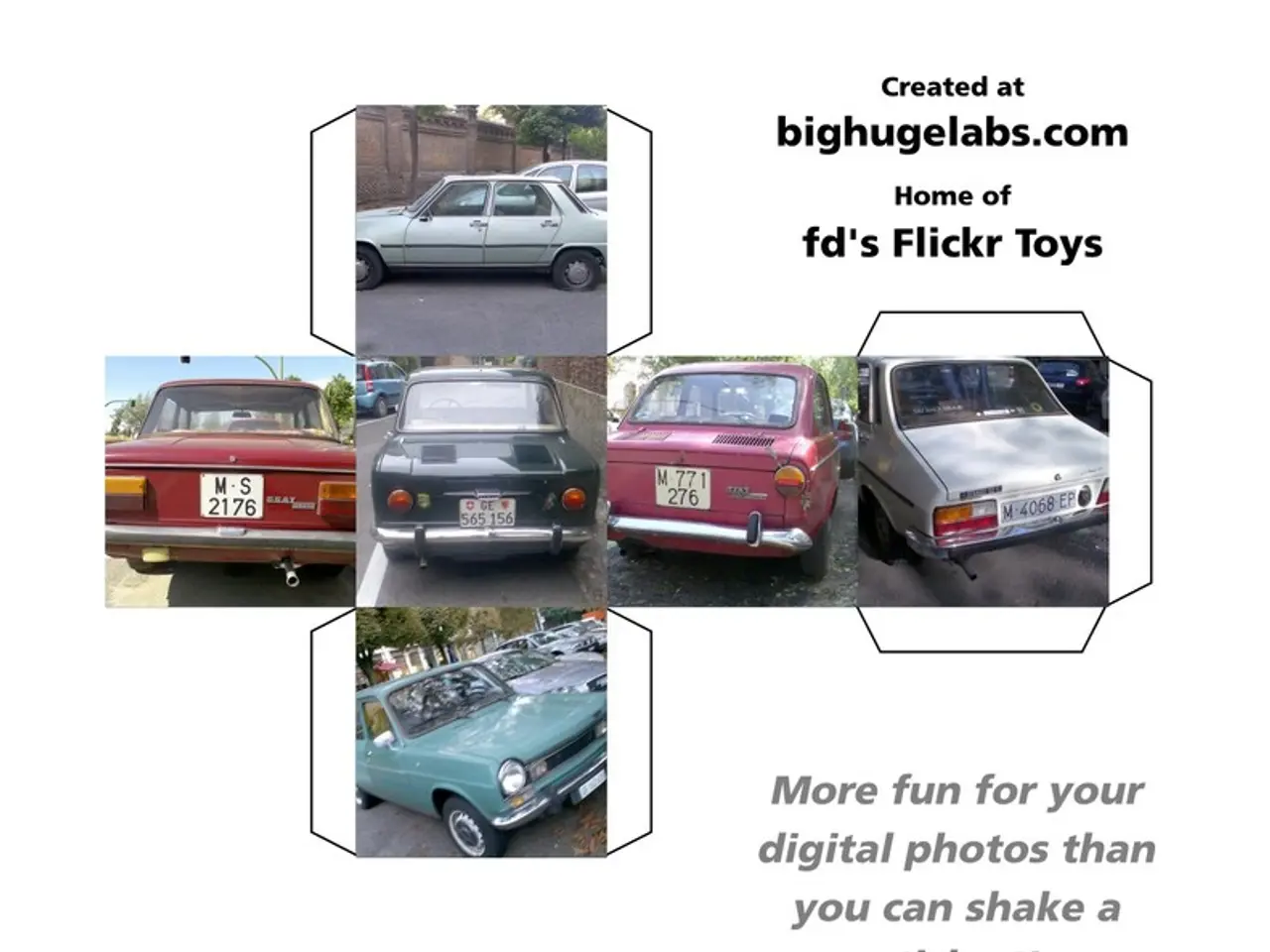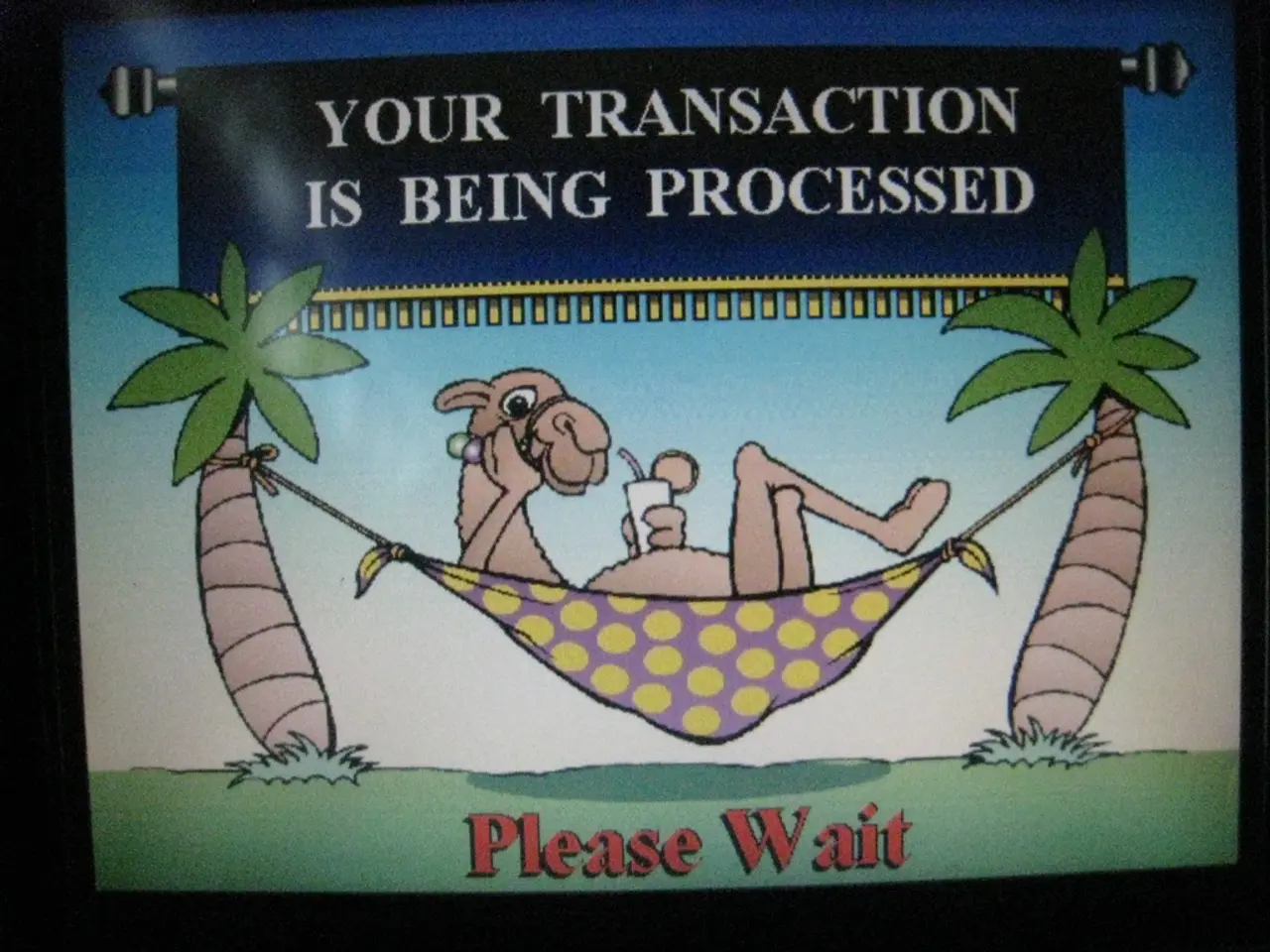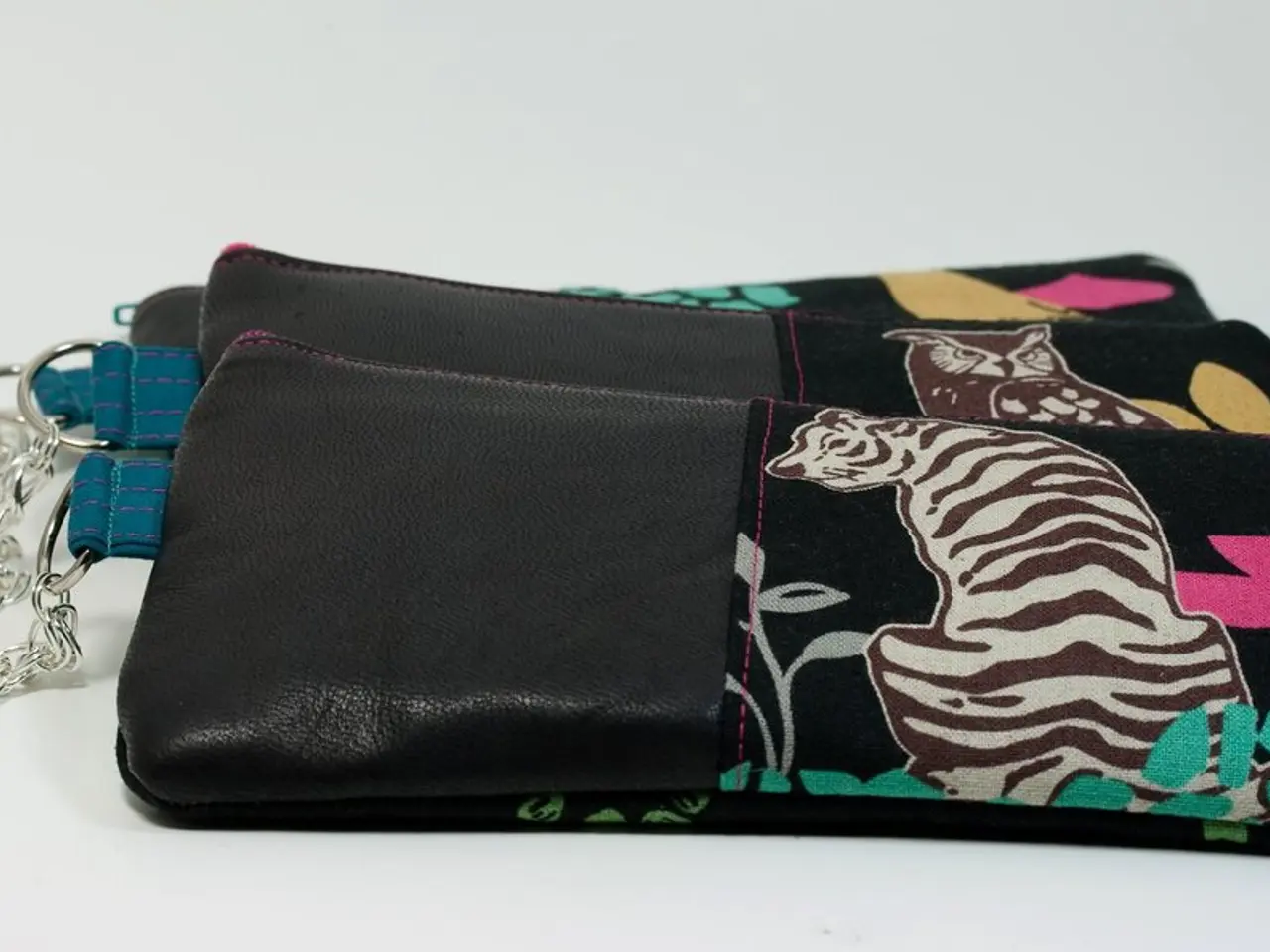Internet of Things (IoT) Integration in Transportation Sector: Application in Both Privately and Publicly Owned Vehicles
In the rapidly evolving world of technology, the Internet of Things (IoT) is making a significant impact on various sectors, and transportation is no exception. This network of interconnected devices allows information to flow easily, revolutionising the way we travel and manage logistics.
In the realm of private transportation, IoT technology is transforming vehicles into smart, data-driven machines. Predictive maintenance, enabled by IoT sensors, monitors engine health, fuel consumption, and other parameters, predicting when maintenance is needed, thereby reducing downtime and costs. Connected vehicles, a result of IoT integration, facilitate communication between vehicles, infrastructure, and pedestrians, improving safety and reducing congestion. Real-time traffic updates, another IoT application, optimise routes and reduce travel times.
Public transportation systems are also benefiting from IoT's data-driven approach. Smart traffic management optimises traffic signals based on real-time conditions, improving flow and reducing congestion. Route optimisation helps public transit services reduce costs and improve passenger satisfaction by providing real-time information on traffic and weather conditions. IoT sensors also monitor the condition of public transportation infrastructure, allowing for proactive maintenance and safety improvements.
In the logistics and fleet management sector, IoT technology is streamlining operations. Fleet management, enabled by IoT sensors, monitors fuel consumption, driving behaviour, and vehicle health, enabling fleet managers to optimise operations and reduce costs. Inventory management is also improved with real-time tracking of inventory levels and locations. The integration of IoT with robotics (Internet of Robotic Things, IoRT) enhances automation in logistics, improving delivery efficiency and reducing labor costs.
The benefits of IoT in transportation extend beyond efficiency and cost reductions. IoT technology is helping urban planners better understand traffic flow patterns, leading to reduced traffic congestion. IoT devices can improve the overall user experience in public transportation by providing easily accessible data to system designers.
However, the use of IoT technology in transportation comes with its challenges. Given the data-intensive nature of IoT, ensuring security and avoiding data breaches is crucial. Proper construction and the use of experienced IoT development partners can help achieve optimal results in both the private and public sectors of transportation.
Moreover, while driverless cars require real-time data processing due to the importance of immediate decisions, supply chains do not necessitate real-time decisions. Self-driving cars using IoT technology and Artificial Intelligence will soon be available on a large scale, addressing various transportation problems.
In conclusion, IoT technology is revolutionising transportation by enhancing efficiency, safety, and sustainability across both private and public sectors. Its ability to collect and process large amounts of data, improve communication between different information systems, and facilitate the development of innovative ways to connect devices makes it an invaluable tool for the transportation industry.
UI design and software technology play significant roles in the IoT-driven transformation of transportation, enhancing user interfaces for better communication between devices and users. Cloud technology, being scalable and efficient, enables real-time data processing and storage for IoT applications in transportation.
Furthermore, the data-driven insights from IoT technology can help in the designing of smart transportation systems, ensuring the optimal placement of infrastructure and facilities based on traffic patterns and usage. This will lead to improved user experiences in both private and public transportation.
Lastly, the development of future-oriented technology, such as AI and the Internet of Robotic Things (IoRT), will be crucial in advancing transportation solutions even further, making travel more sustainable, efficient, and safe for all.




